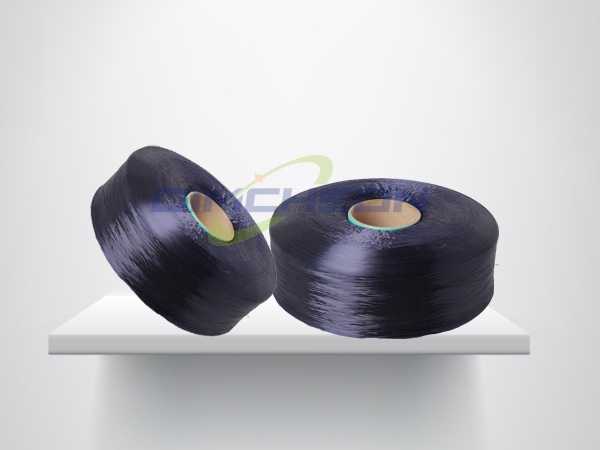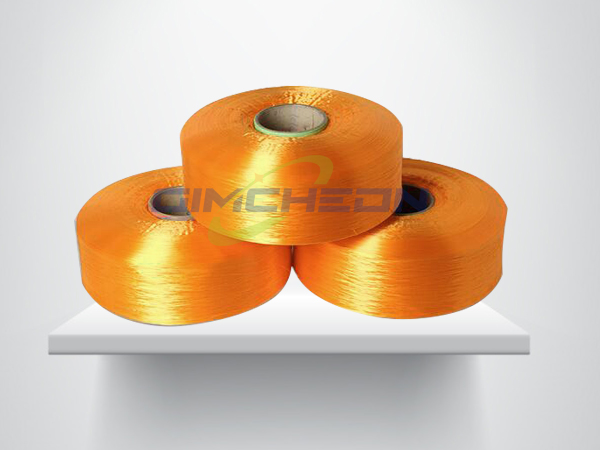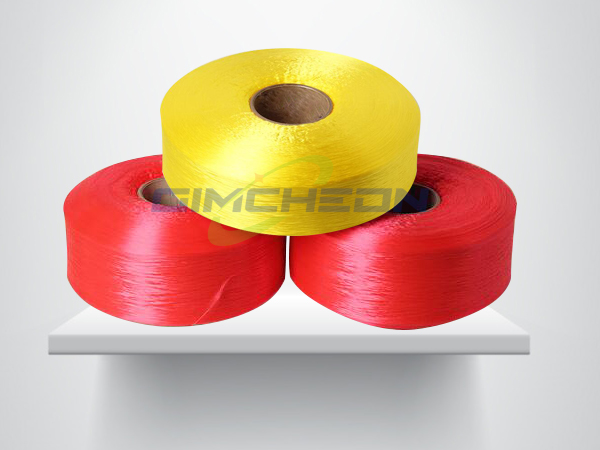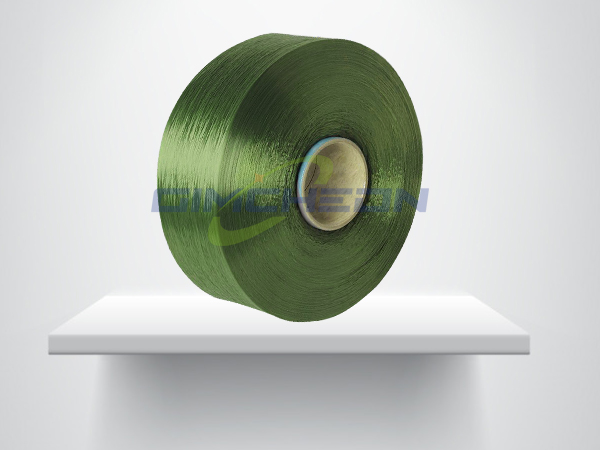

- Tel:0086-0595-83993333
- cel:0086-13506902333
- E-mail:admin@jqfibre.com
- add:Longshi Road, Fashion Apparel Industrial Park, Longhu Town, Jinjiang City, Fujian
attracted much attention, this year's foreign trade situation is not optimistic, in January to February 2023, our textile and clothing exports fell by 18.5%, the decline has expanded compared to December 2022, so what is the real reason for the collapse of foreign trade orders?
What challenges will foreign trade enterprises face?
In 2023, the risk of global economic recession rises and the growth of external demand continues to slow down, which will become a severe test for China's foreign trade. At present, the main contradiction in foreign trade has changed from supply chain disruptions and inadequate capacity to the current weak external demand and declining orders. From January to February in 2023, the value of textile and garment exports decreased by 18.5% compared with that in December, 2009. Among them, textile and clothing exports fell by 22.4% and 14.7%, respectively.
What is the real reason for the collapse of foreign trade orders? First, the US continues to raise interest rates, and the Fed's rate hike has led to passive interest rate hikes in other countries. This has not only led to higher debts of relevant countries, but also further dampened world economic growth. Second, international relations are tense, leading to the contraction and suppression of the global textile and garment supply chain. The share of related goods imported to the United States from China showed a clear downward trend. China's market share of U.S. apparel imports fell to 22 percent in the January-November period of 2022 from 24.1 percent a year earlier, while Vietnam's increased to 18.3 percent from 17.8 percent. Third, order return and industrial transfer. In 2021, some orders were returned to China due to the severe epidemic in Southeast Asia. A shift in textile and apparel orders to lower-cost Southeast Asia is a trend. One apparel trade company says it mainly buys raw materials at home and sends them to factories, mostly in Southeast Asia in recent years, such as Vietnam or Myanmar.
The textile foreign trade market is mixed
The current situation has mixed feelings for foreign trade enterprises. I am glad that I can carry out normal foreign trade activities, but I am worried that there are still some uncertain factors in the future. The foreign trade competitiveness of other countries is changing, and some enterprises in some developed countries also want to compete with us for orders. This is a new situation.
In the three years since the outbreak, epidemic prevention policies in Southeast Asia have been gradually liberalized following those in Europe and the United States. Last year, while China's export growth slowed down, export growth in Southeast Asia increased significantly, with Indonesia's export growth exceeding 40%, Vietnam over 30%, and Malaysia, Thailand and the Philippines at around 20%. At the same time, the "manufacturing reflux" of European and American countries is also seizing the market, and the competition for orders is becoming increasingly fierce. At present, overseas supply chain cannot form a fundamental challenge to our country in the short term, no matter in the scale of production capacity, product structure or the complete degree of industrial chain.
The competitive advantage of Chinese manufacturing in the international market has three aspects: first, the industrial chain is very complete; second, the domestic demand advantage brought by the unified market of 1.4 billion people; third, the application of industry 4.0 improves production efficiency. China should fully grasp the opportunity when the dependency of neighboring countries is still high, take advantage of the RCEP opportunity, rationally layout its industry and trade, speed up transformation and upgrading, and avoid as far as possible the negative impact caused by too fast industrial transfer.
On the one hand, non-textile enterprises should promote the steady increase of the international market share of high value-added products; on the other hand, they should avoid the rapid decline of the international share of middle and low-end products. On the basis of maintaining the basic stability of export scale, accelerate the transformation and upgrading of the industry, explore trade innovation growth points, enhance comprehensive competitiveness, and achieve high-quality development of garment export.
- How about clothes made of polypr
- The clothing industry is undergo
- Application field of polypropyle
- The dust of the US election has
- What are the broad uses of Texco
- Operation analysis of China's in
- From January to August this year
- Characteristics of polypropylene
- Application of polypropylene lig
- Textile industry scale and curre




